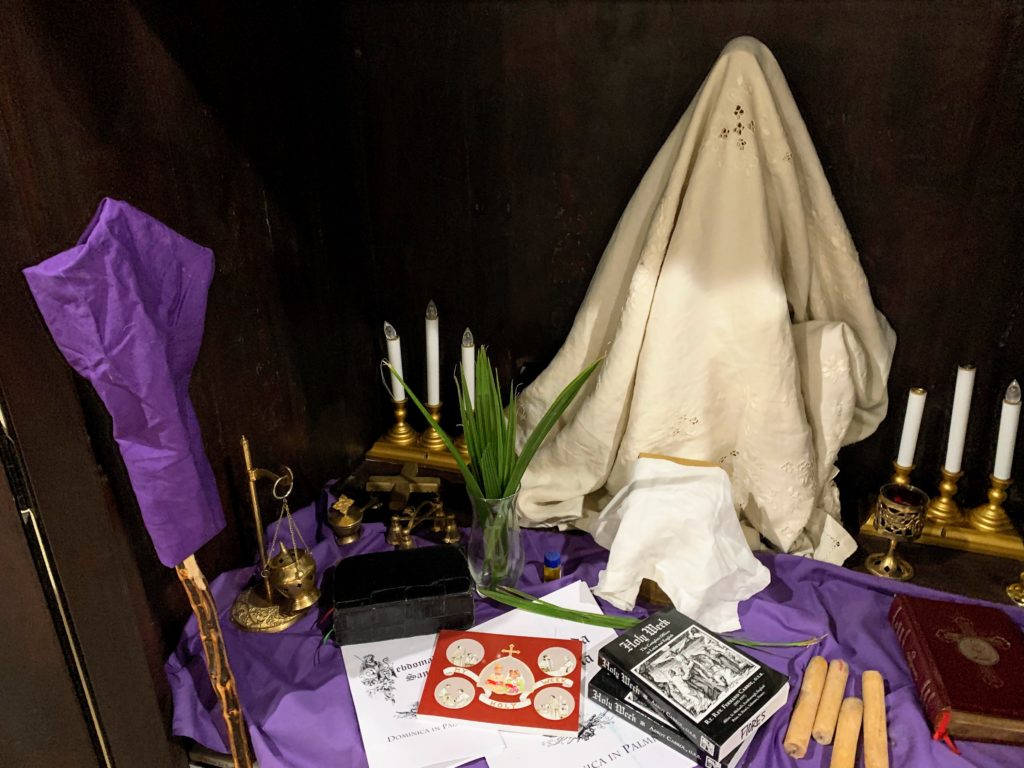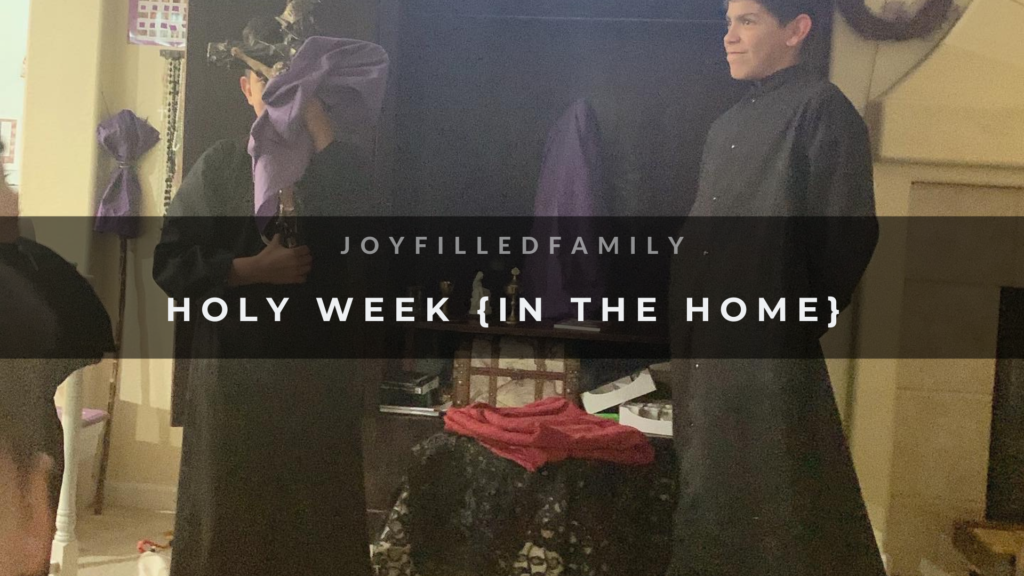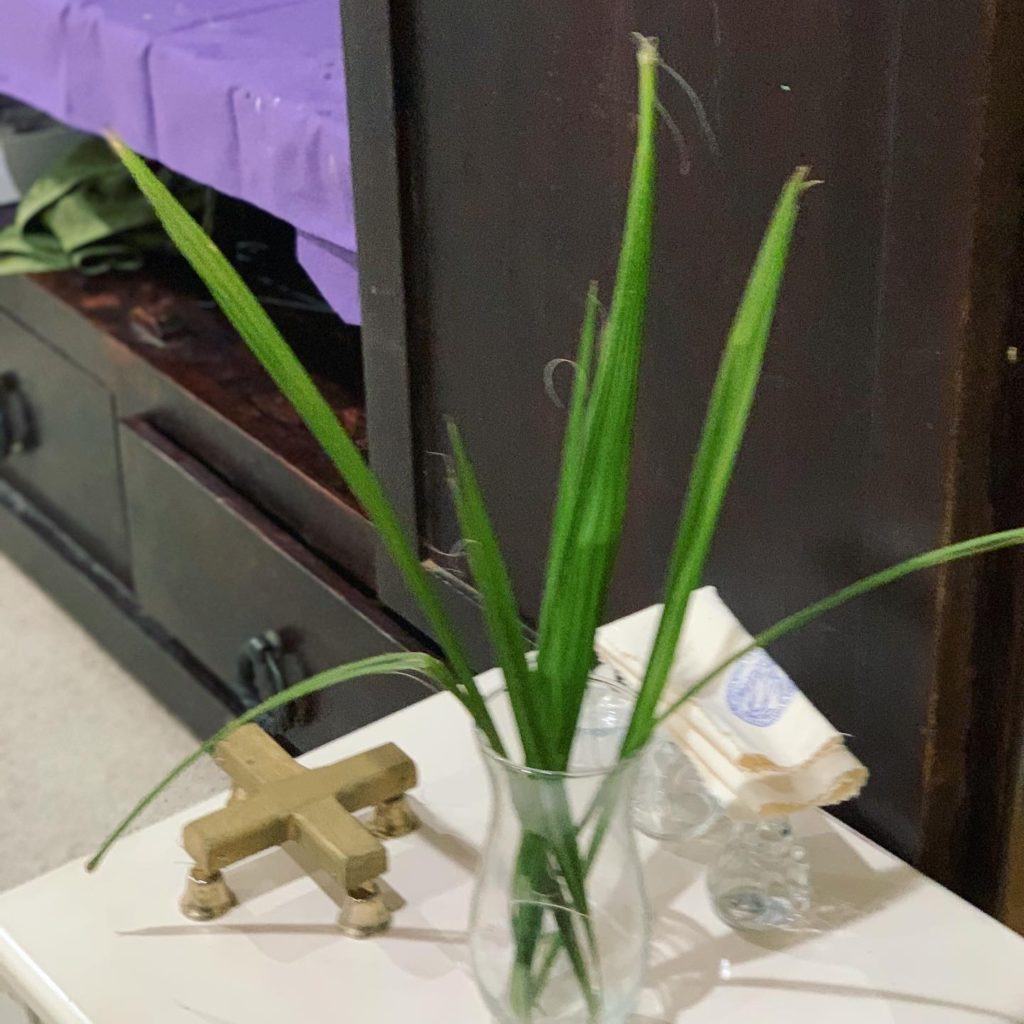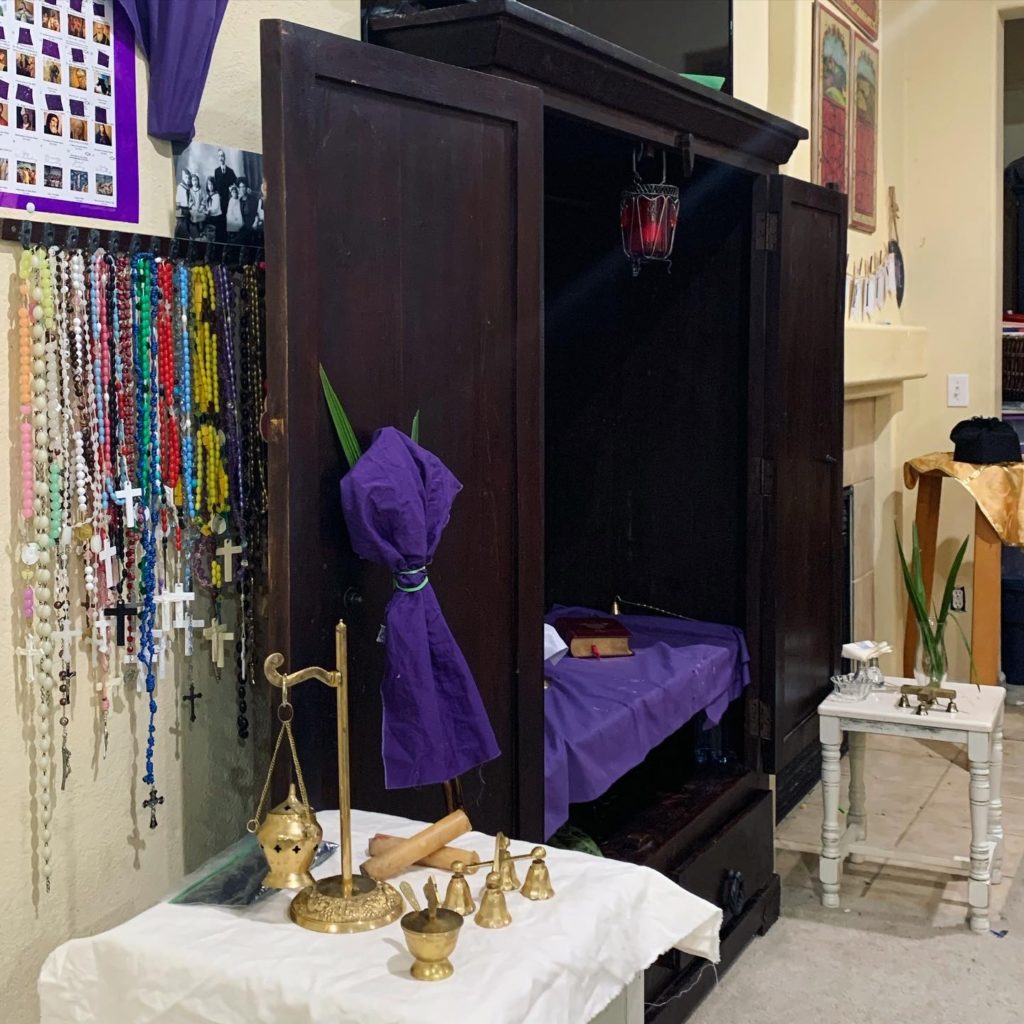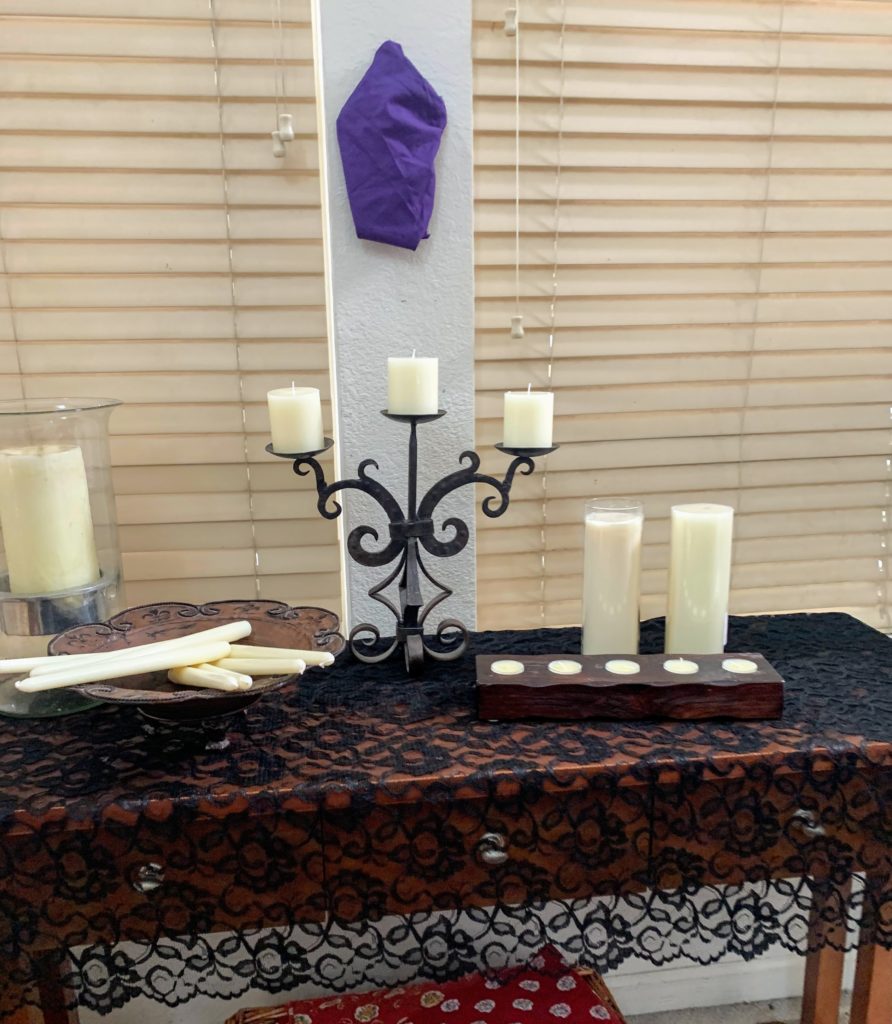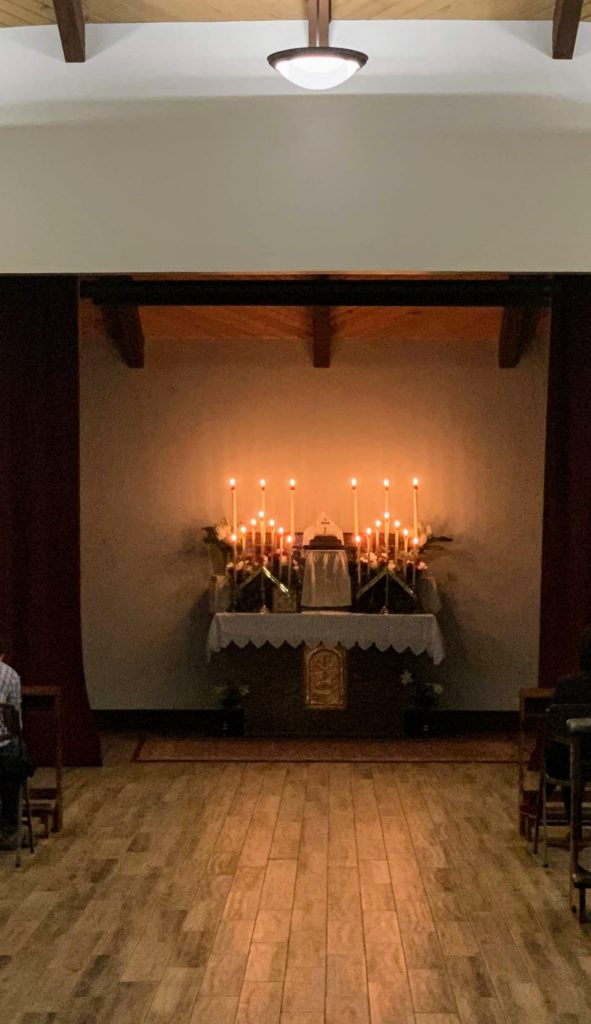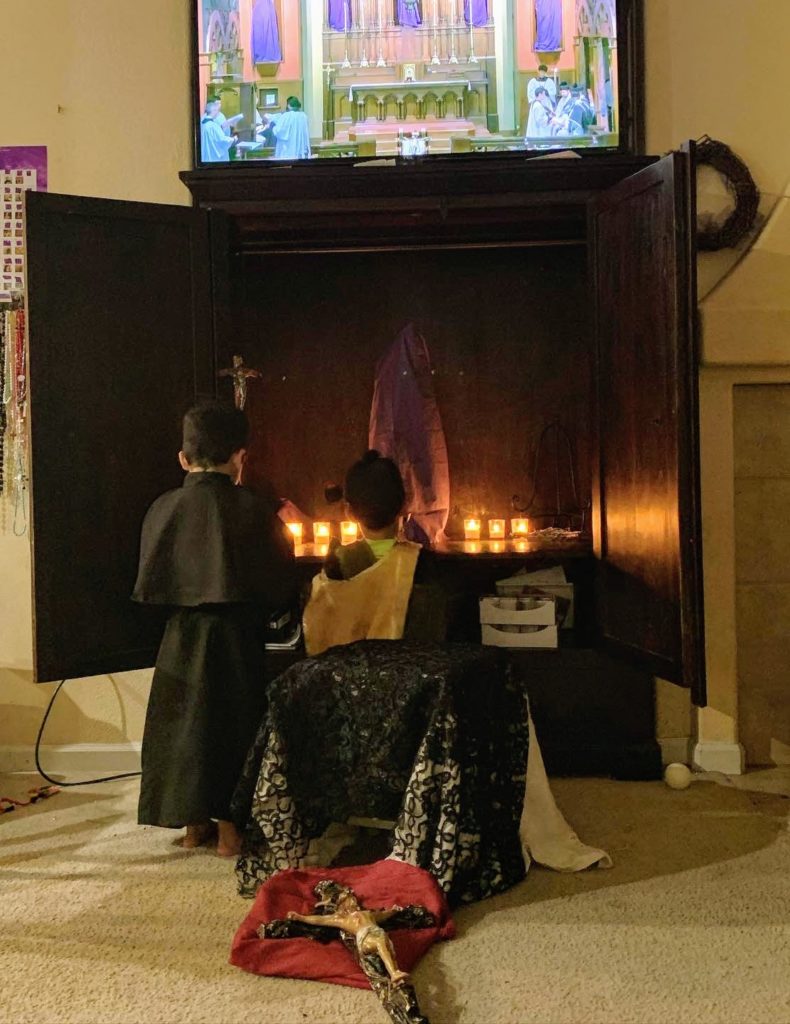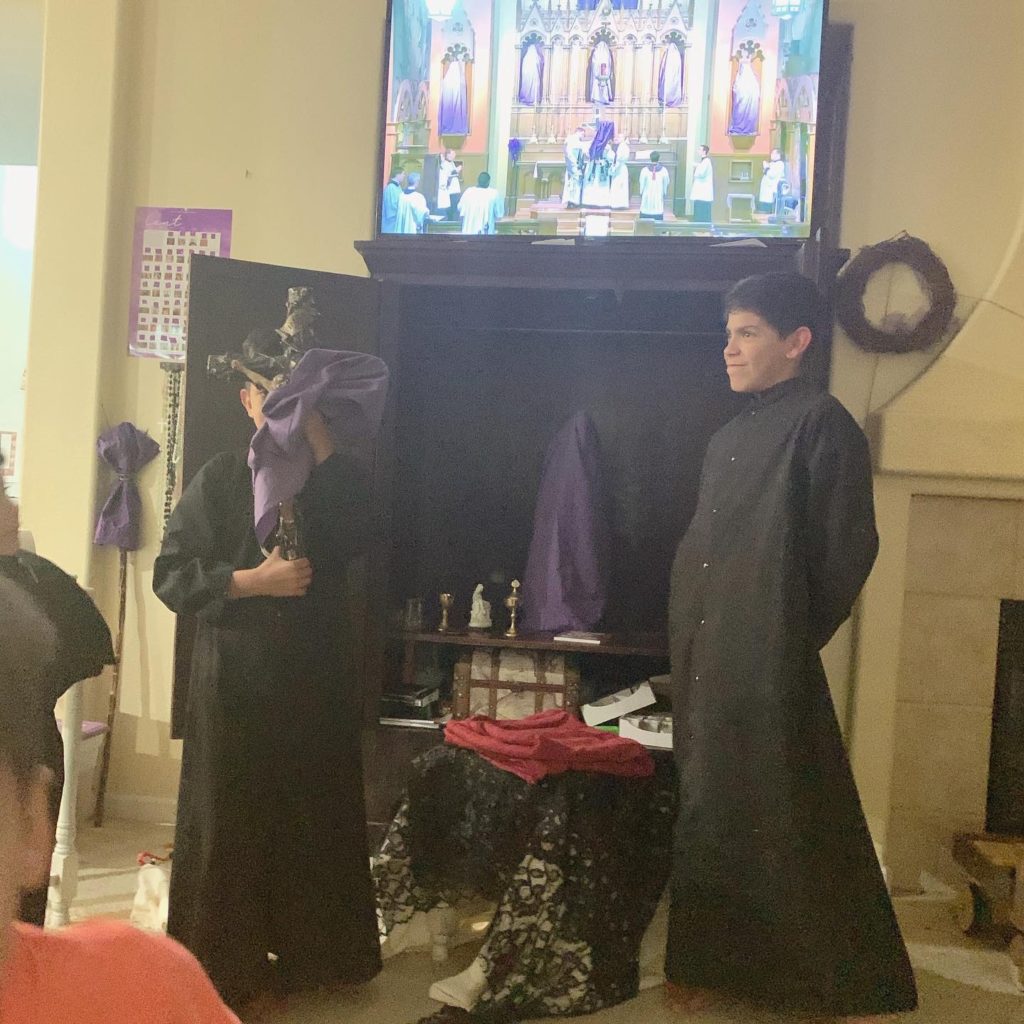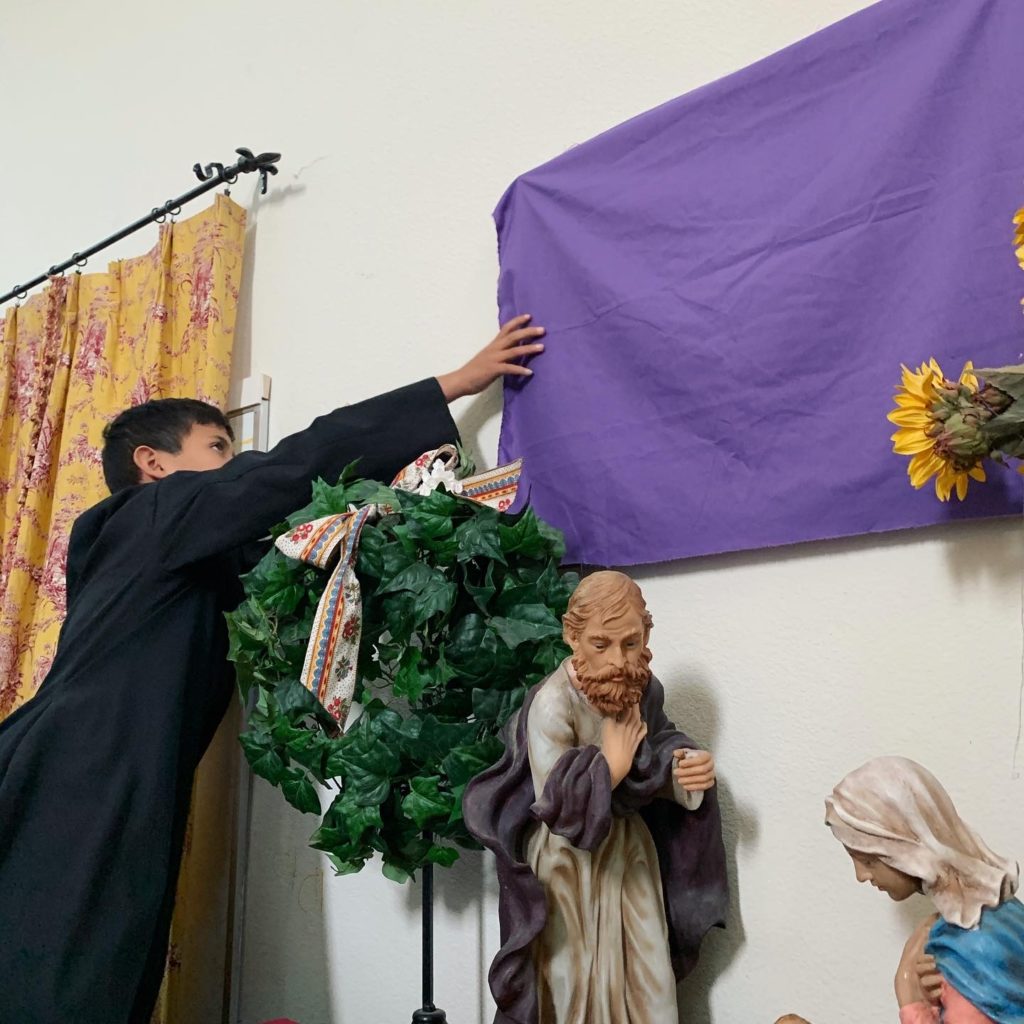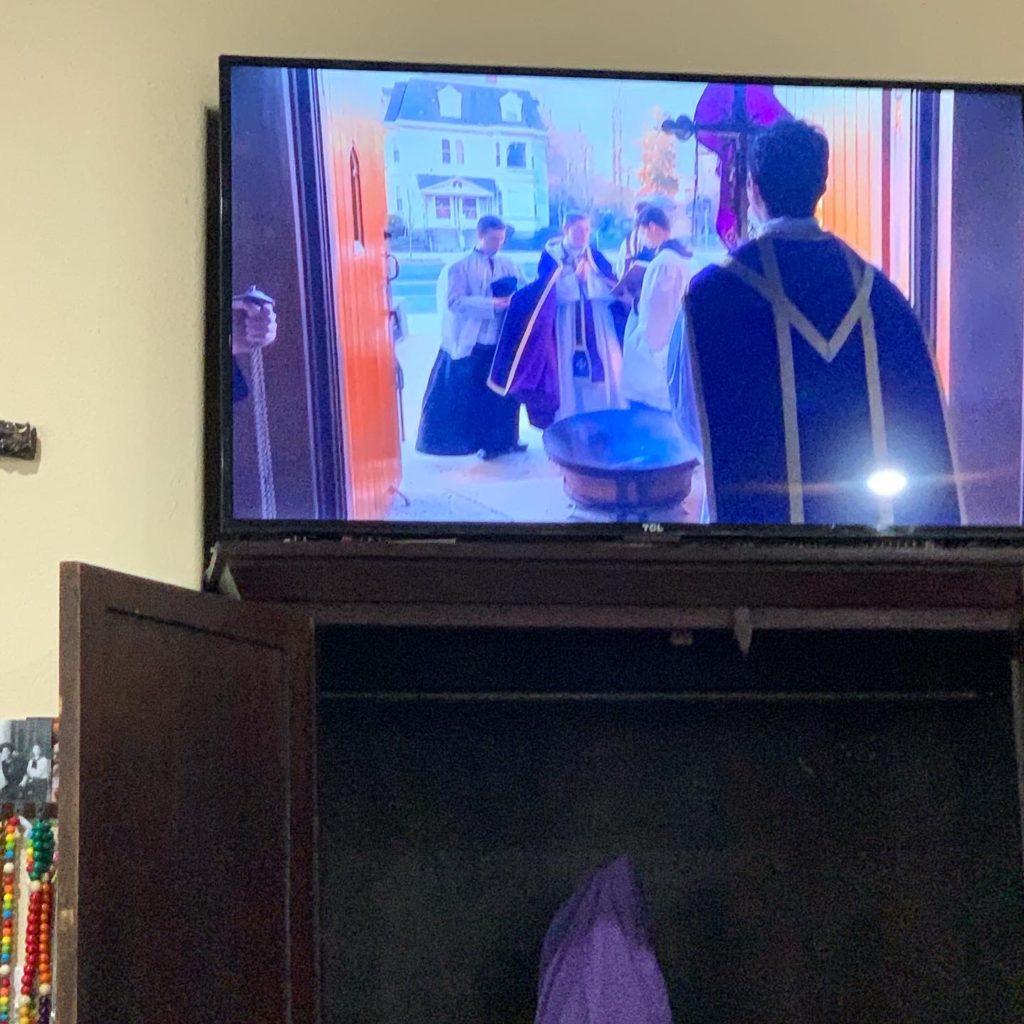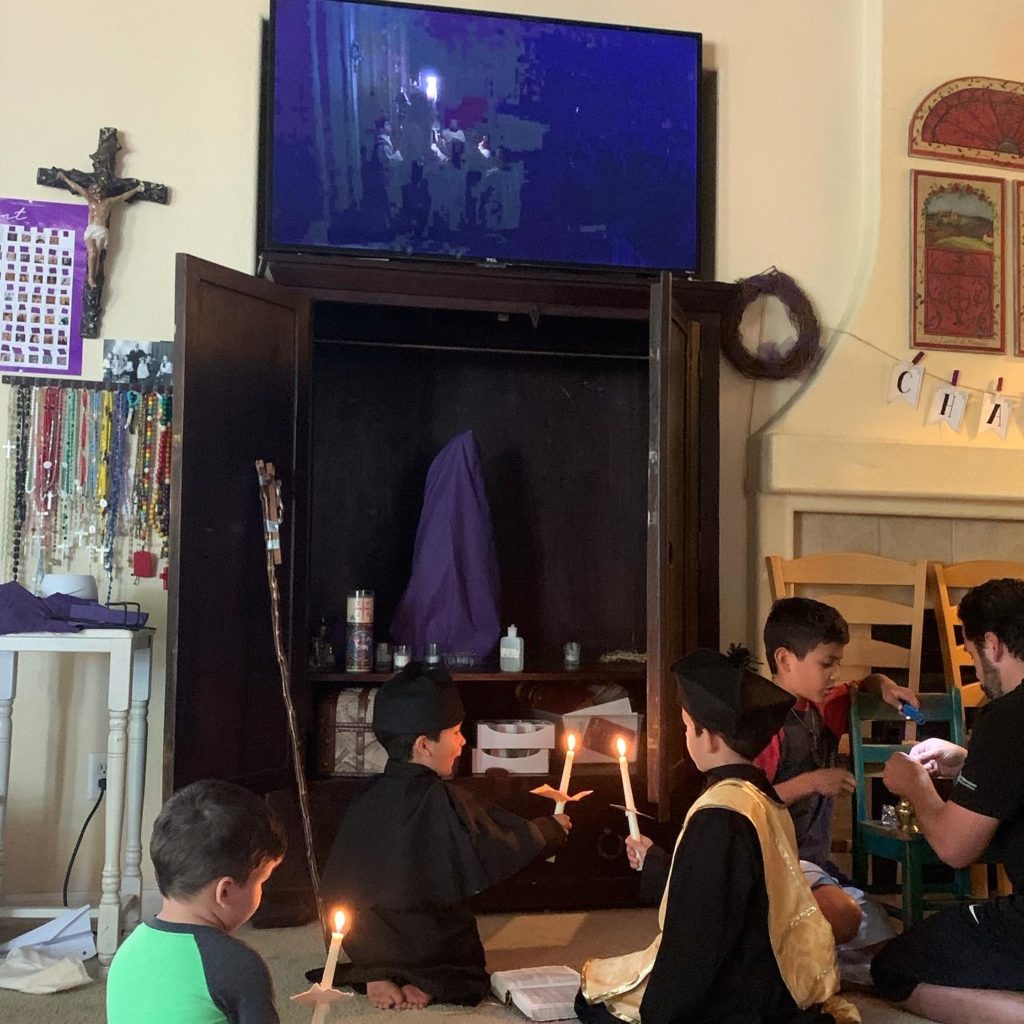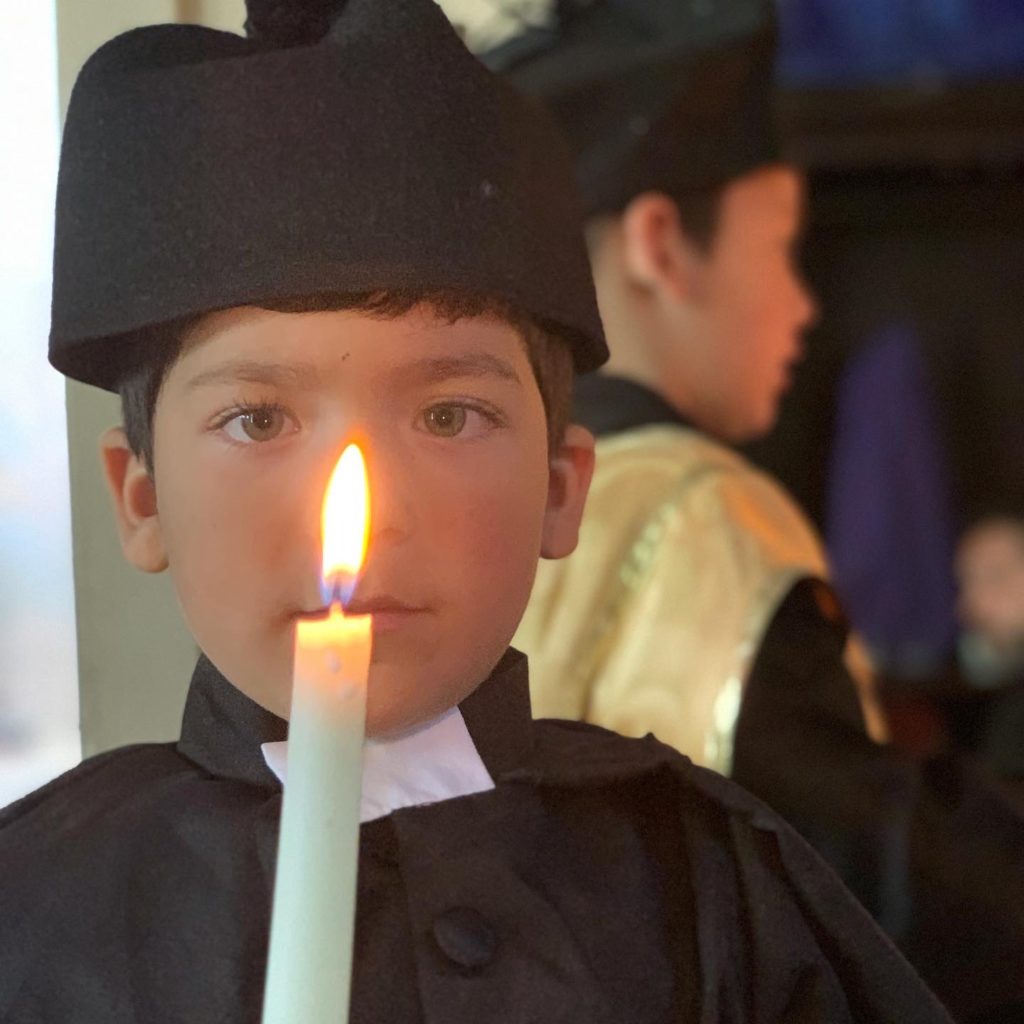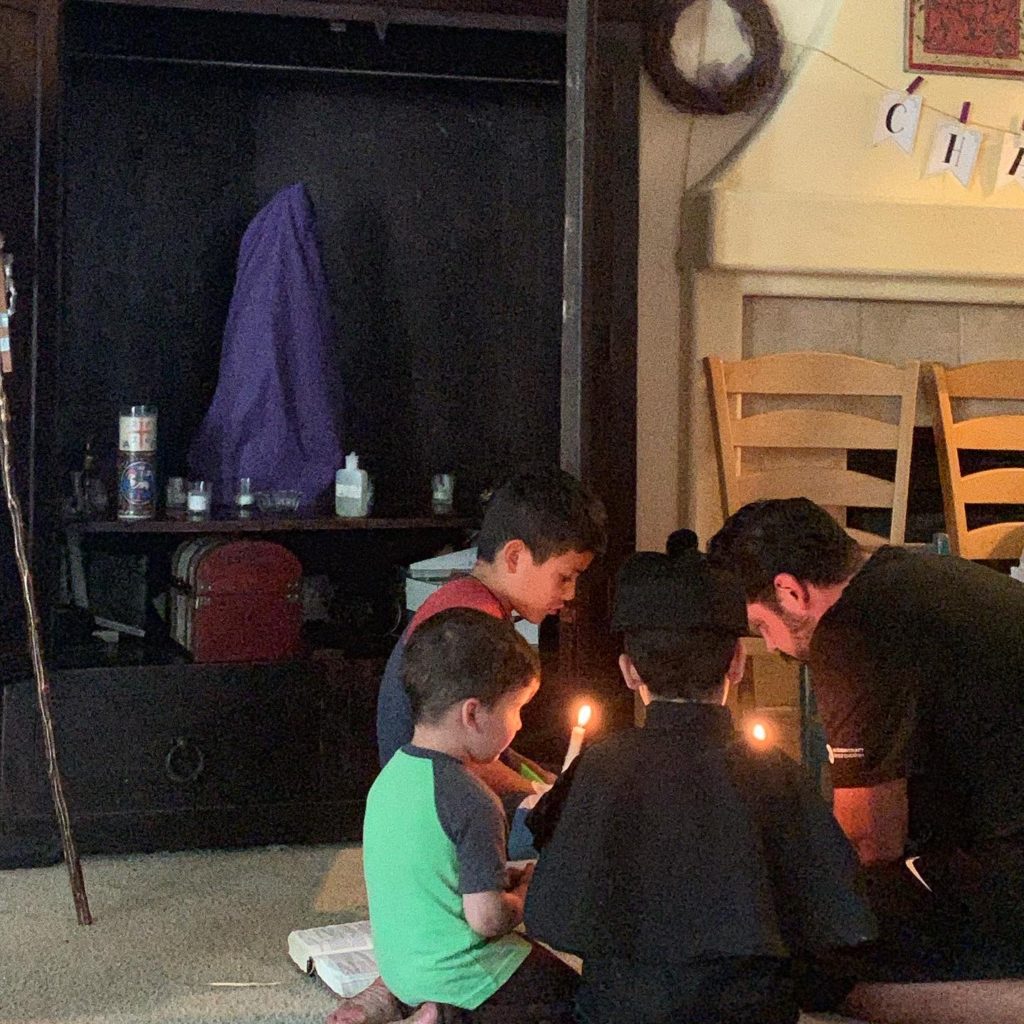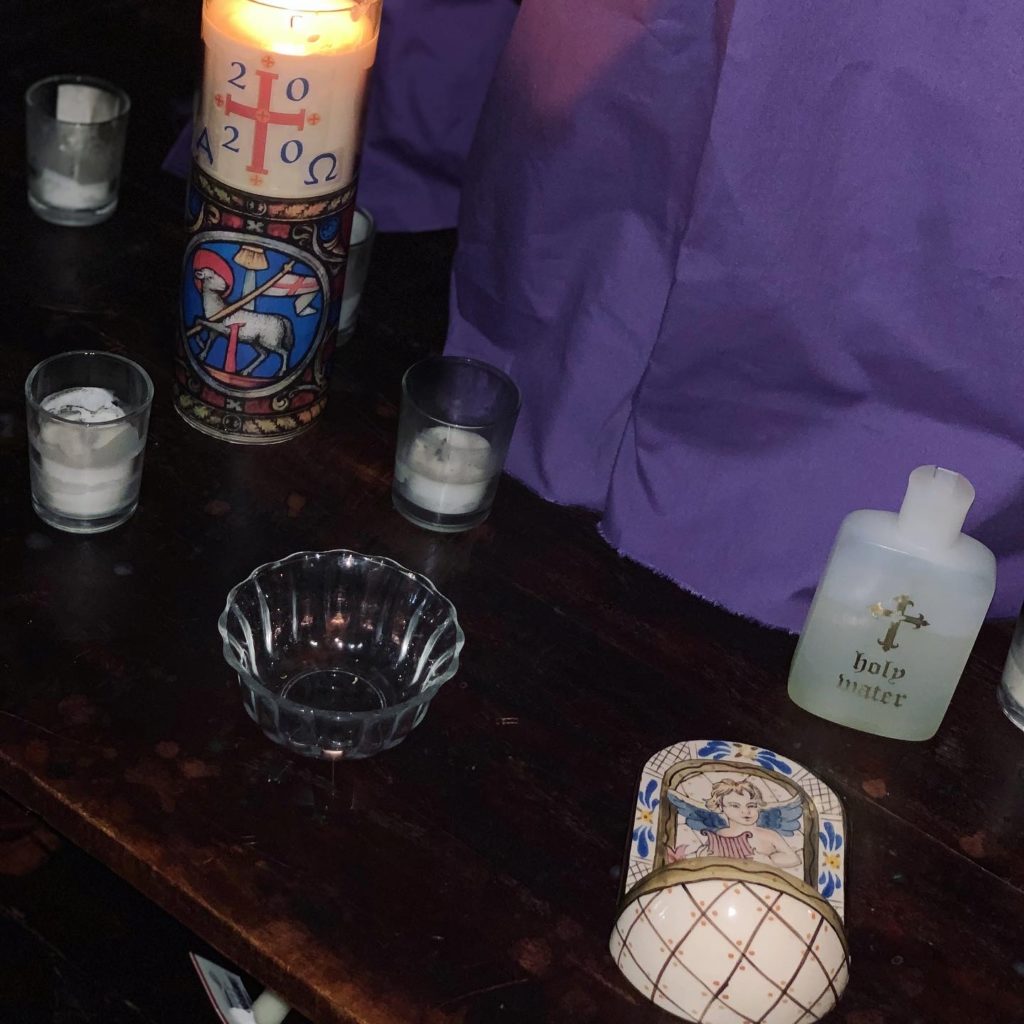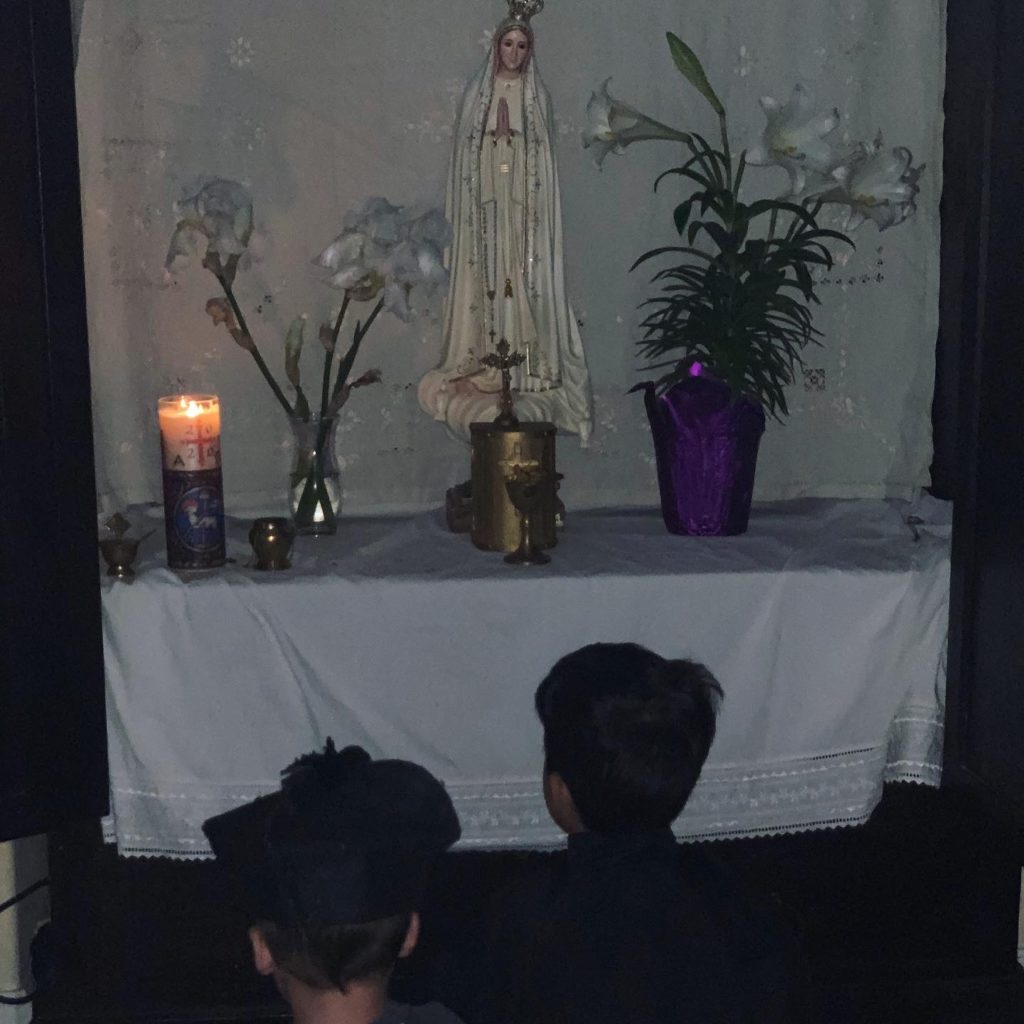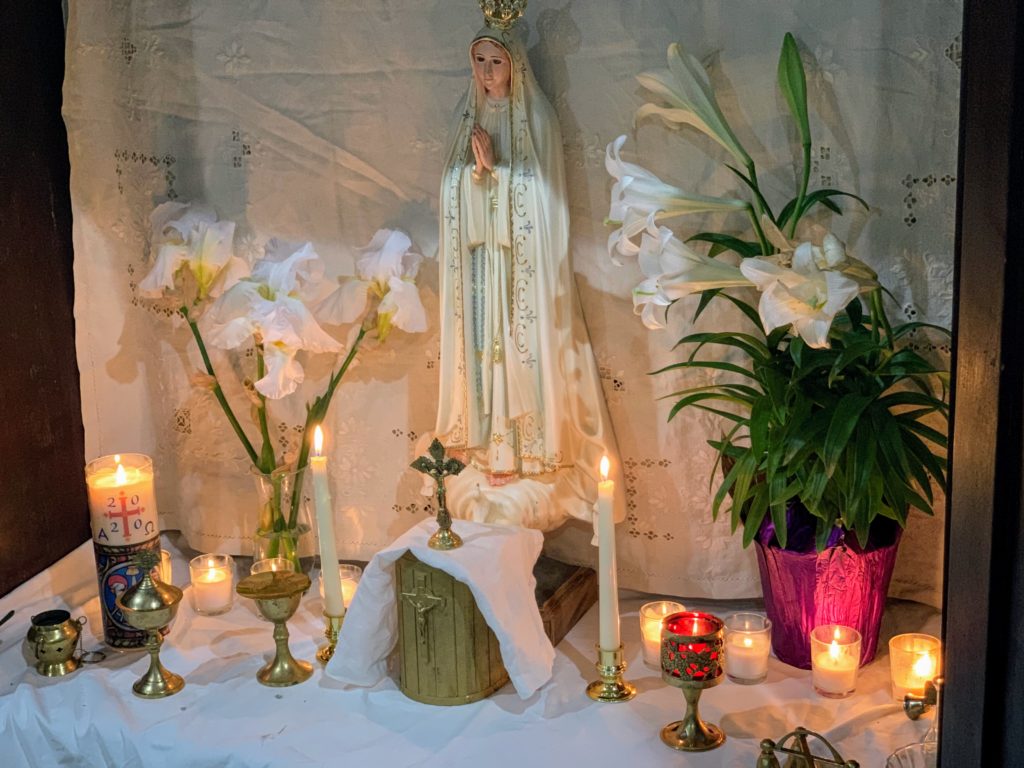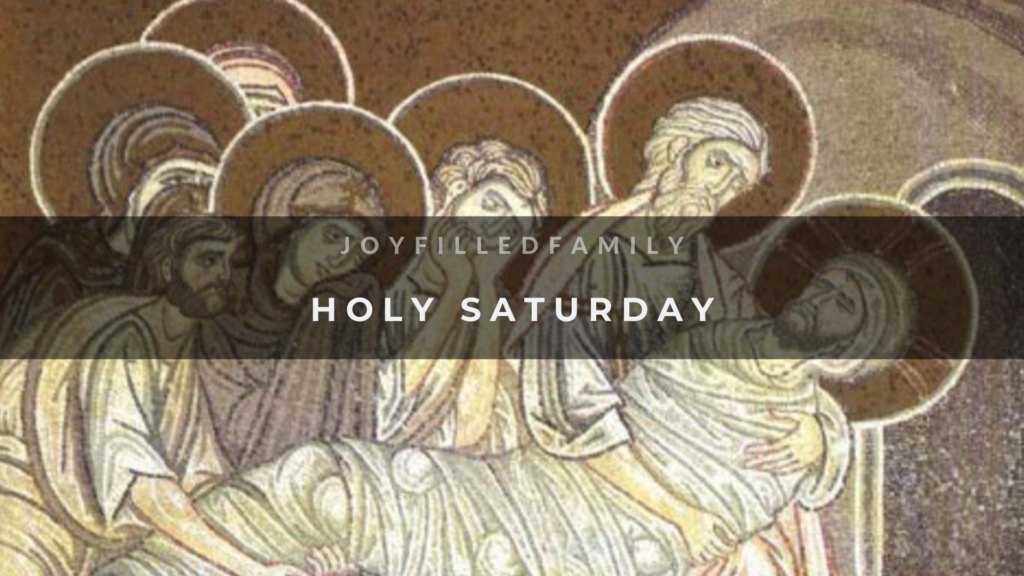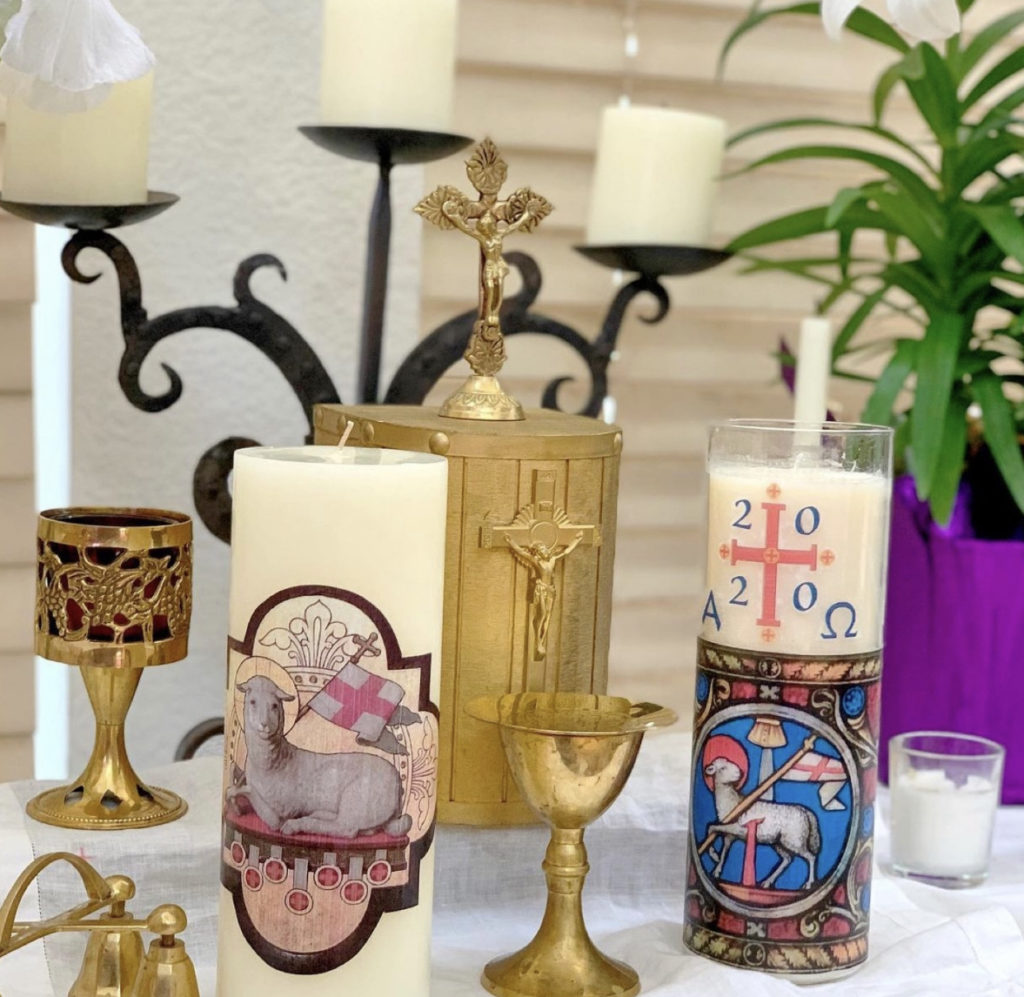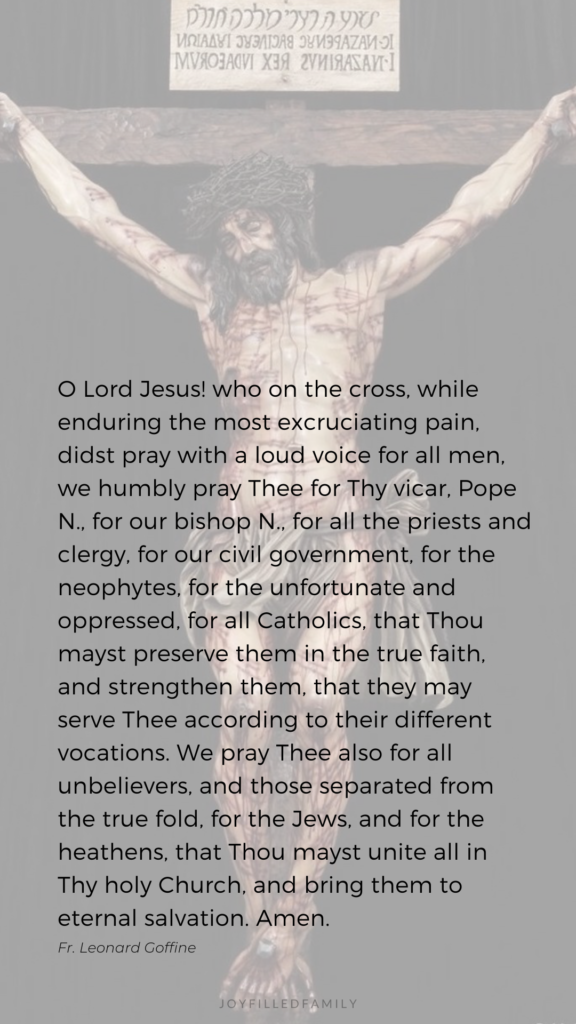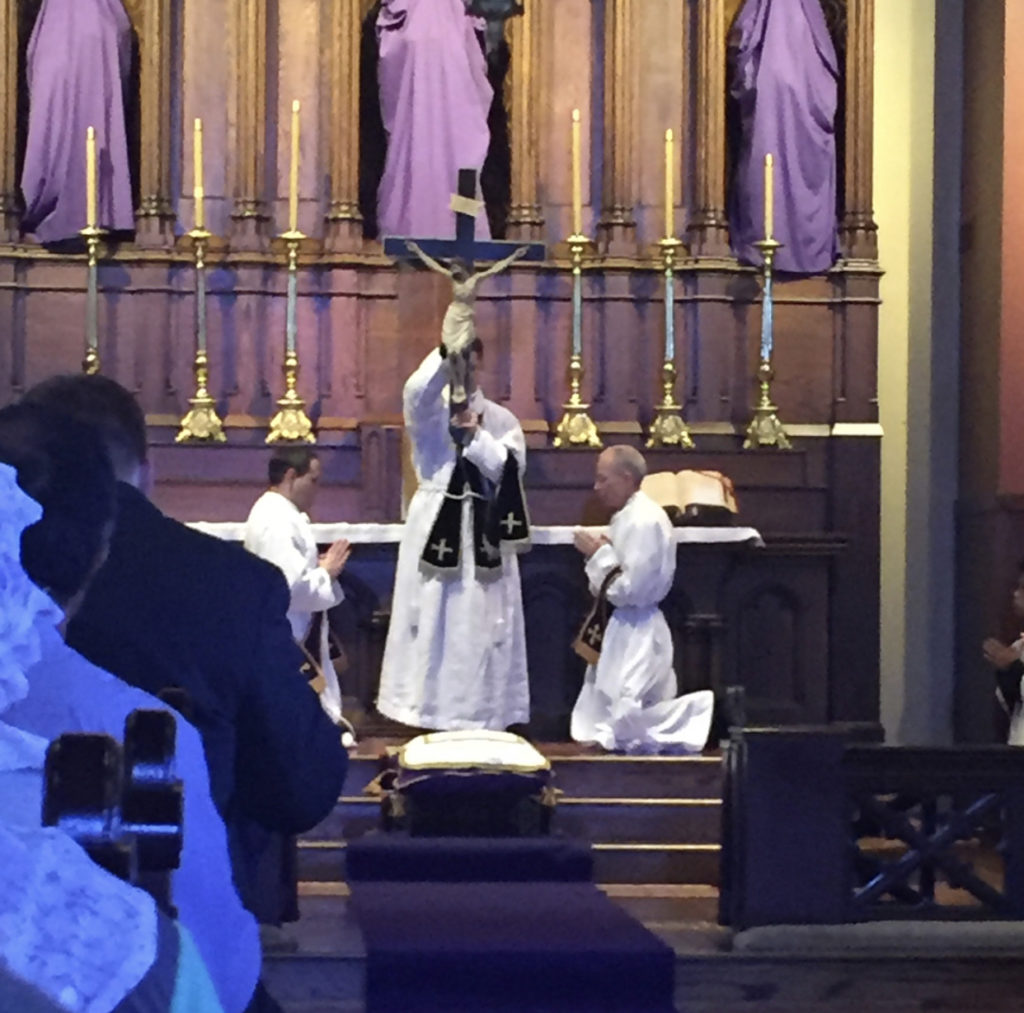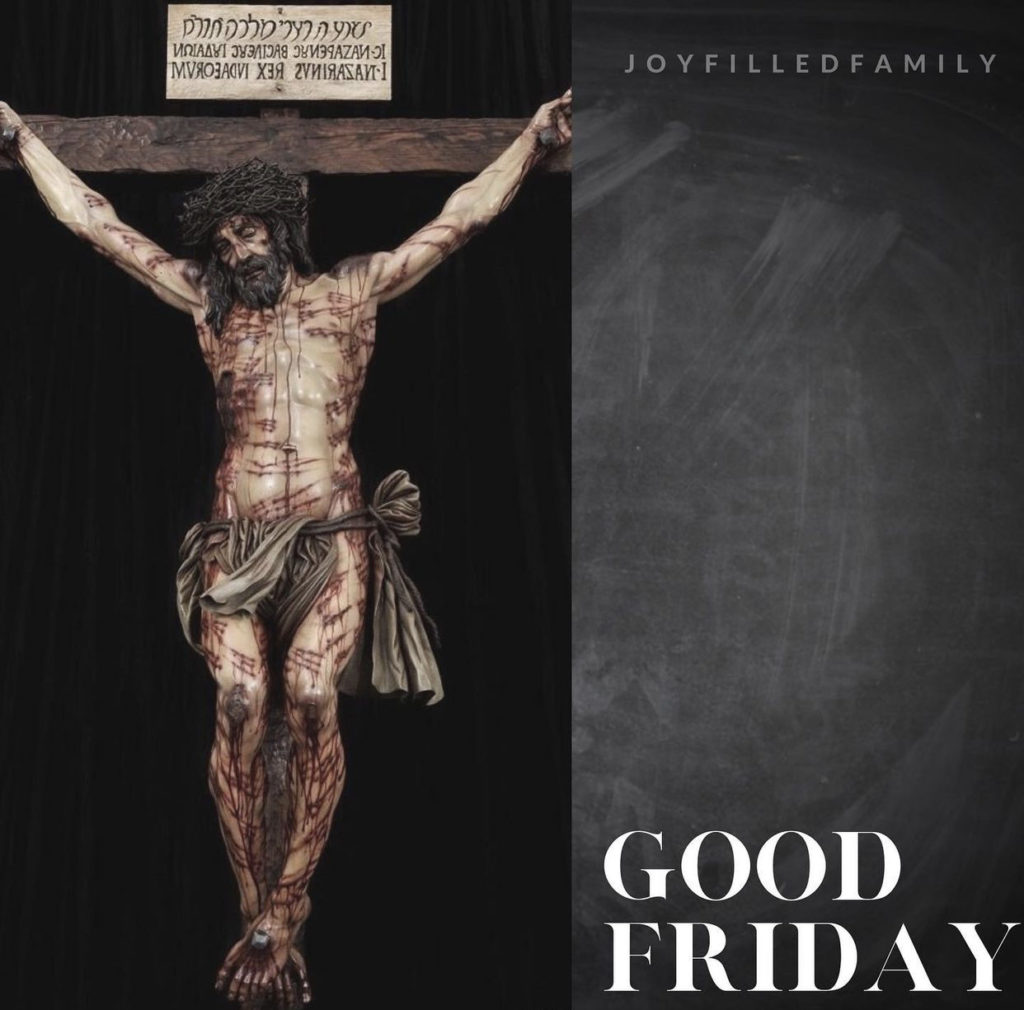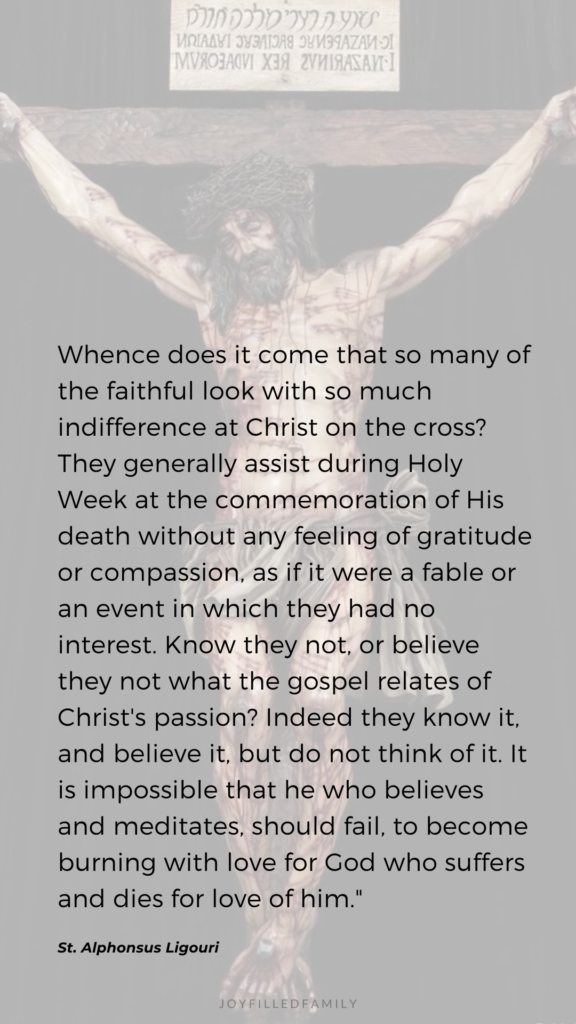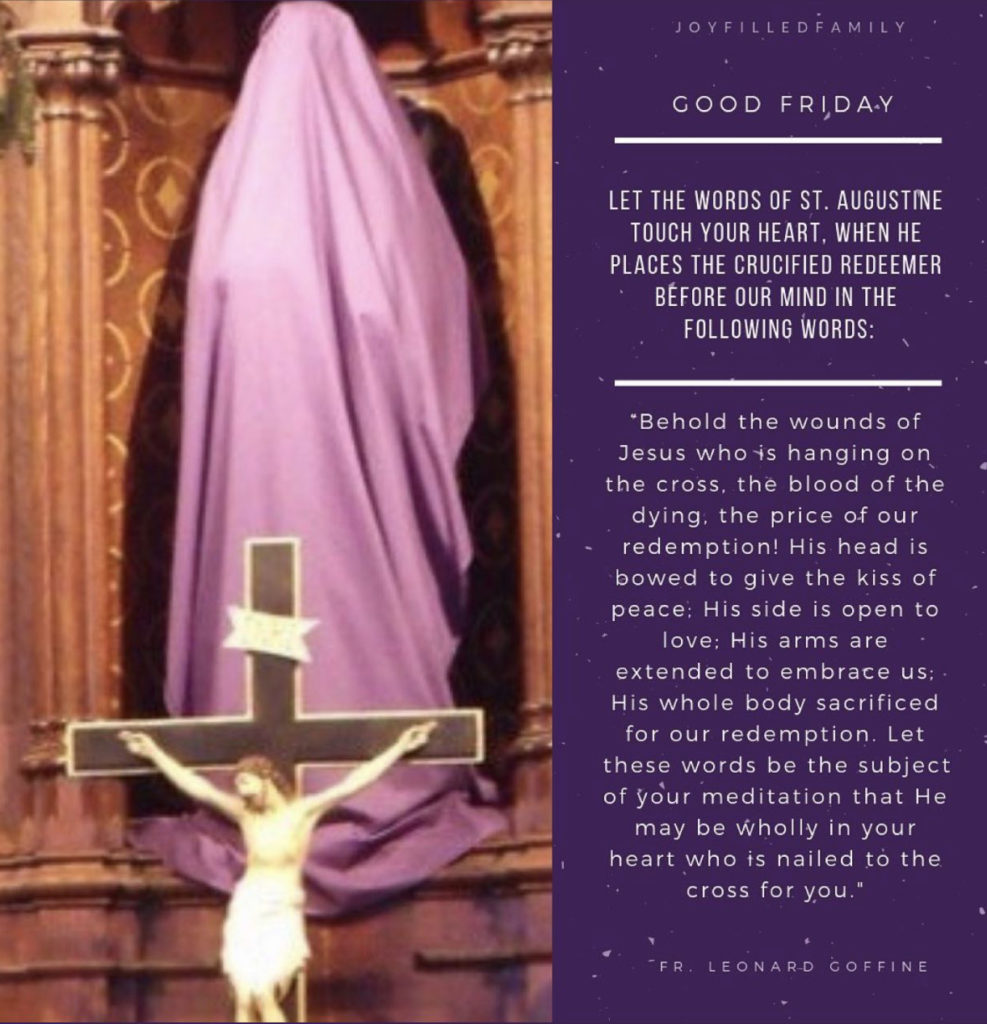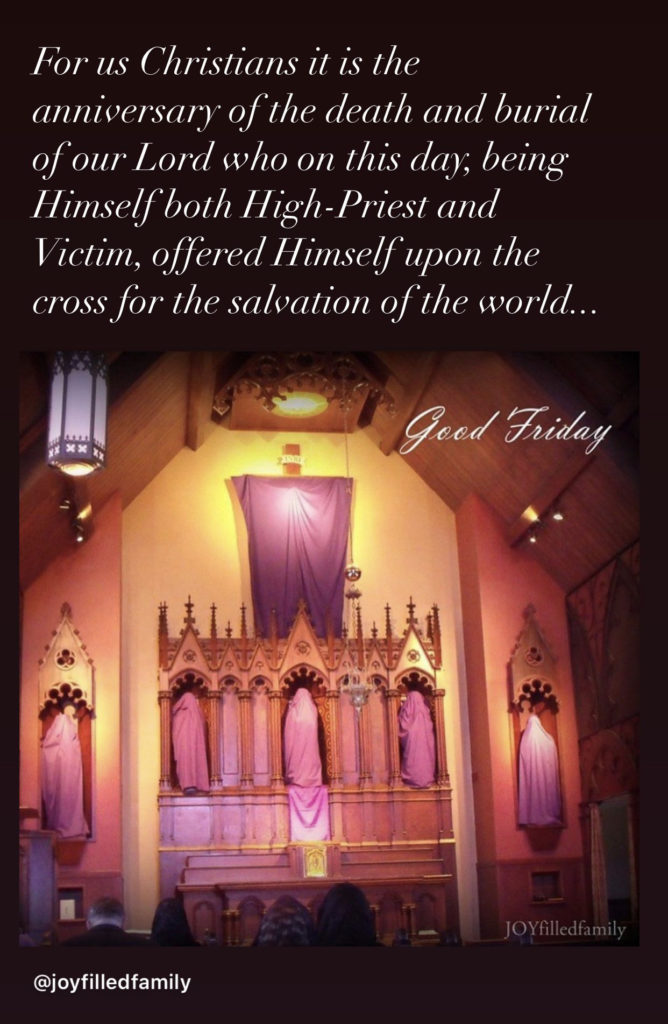Today, the Monday of Passion Week, we meditate on the illustrious title of the Name of Jesus.
JESUS OF NAZARETH, KING OF THE JEWS
It is a scared and powerful title which ought to be said with great reverence.

Thomas A Kempis offers the following mediation:
O Jesus of Nazareth, bright flower of the Virgin Mary; O illustrious Son of David, the Only-Begotten of the Supreme Father, write, I pray Thee, with a strong and clear hand, upon the tablets of my heart, Thy sweet and glorious Name, along with that sacred and brightly-shining Title of Thy Passion, which declared the cause of Thy death, that so I may keep it ever before my eyes, and may often read it to the praise of Thy Most Holy Name.
May that Title be the comfort of my heart in
distress, may it be my special protection when temptations assail me; may the evil spirit depart from me; may the lust of concupiscence die out within me; may the whole world have a bitter taste to me, when I think, or read of “Jesus of Nazareth, the King of the Jews.”
For of a truth nothing is more sweet than Jesus, nothing more wholesome, nothing more helpful. Nothing can be brighter, nothing more pure, nothing more holy than the Nazarene.
Nothing can be more worthy of honor than the King of the Jews, nothing more powerful, nothing more exalted.
Therefore let no enemy think to withstand me. Let no plague think to touch me. Let no calamity think to crush me, so long as I humbly invoke Thy aid, O my Jesus, or call to mind Thy Passion, or dwell with heart and lips upon Thy Title “Jesus of Nazareth, the King of the Jews.”
O Jesus, above all else deserving of my love, Thou art my King and my God, dear to me above everything, far above all the praise that I can give Thee.
Dear to me wert Thou in the Manger, still dearer wert Thou on the Cross.
Dearest of all art Thou, when sitting upon the Throne of Thy Kingdom. For though, in the weakness of Thy flesh, Thou didst hang upon the Cross, yet now, by the Power of God, Thou livest, and art sitting at the Right Hand of the Father, exalted above every creature forever and ever. Amen. #passionofchrist
